Urban exploration, or "urbex," is an adventurous pursuit that takes you into the forgotten corners of cities and landscapes, where once-bustling places are now ghostly remnants of a bygone era. One such location is the Inota power plant, an industrial giant that played a significant role during Hungary's socialist era. Built as part of the country's first five-year plan, the plant was a symbol of progress, innovation, and power. Today, it's an abandoned monument to a past that’s slowly being reclaimed by nature.
Our journey to explore the Inota power plant was filled with anticipation and excitement. With demolition looming, we knew this was one of our last chances to capture its haunting beauty through photography. This was more than just a visual journey—it was an emotional one, too, where history, art, and danger intertwined.
The Inota Power Plant: A Once Vibrant Symbol of Progress
The Inota power plant was constructed during the first five-year plan, a period when Hungary, under socialist rule, was focused on rapid industrial development. The plant was part of a larger industrial complex in Várpalota, an area once brimming with life and activity. At its height, this region was the beating heart of Hungary’s heavy industry, providing electricity to countless homes and factories.
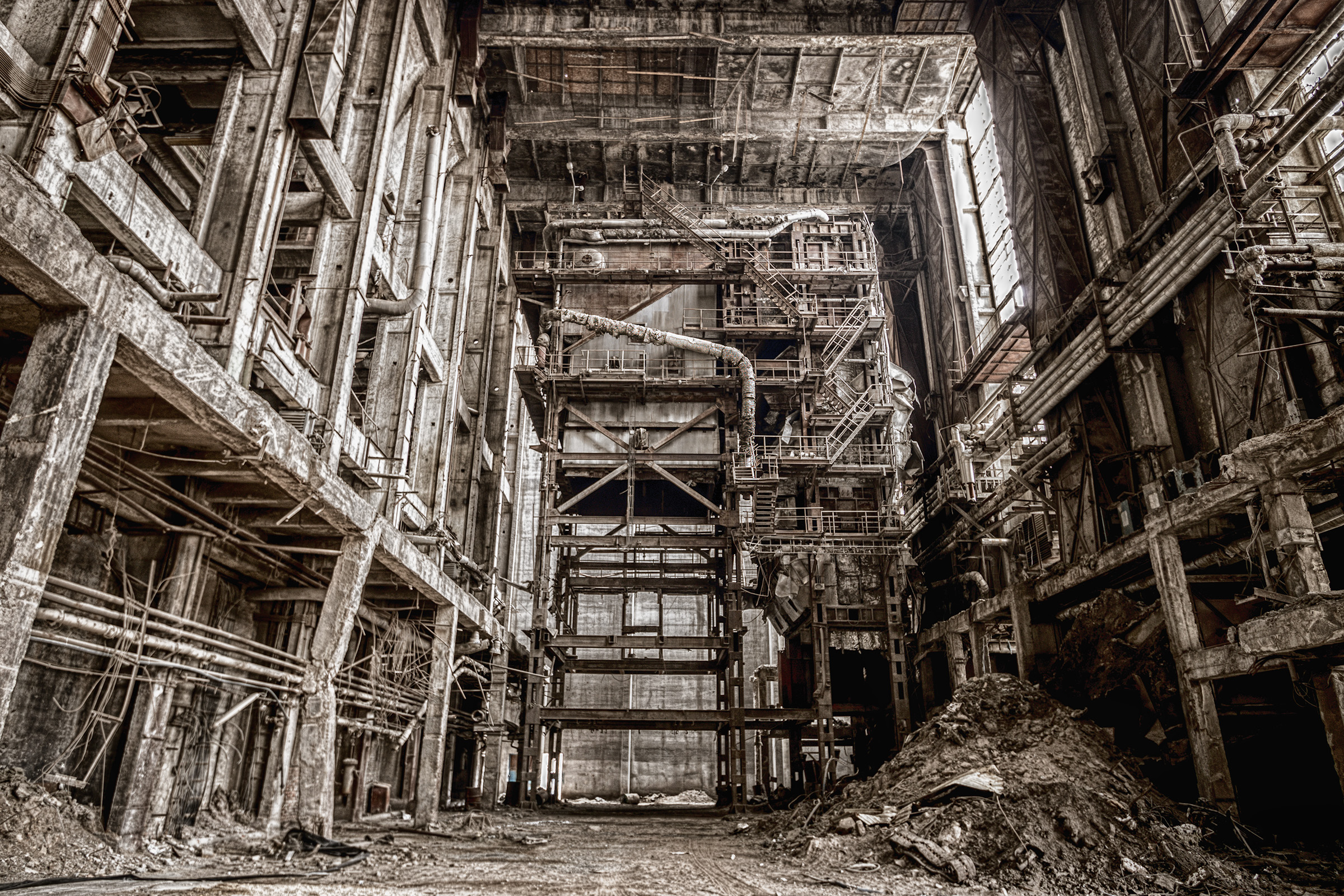
Now, the plant stands in stark contrast to its former glory. Its empty halls and towering structures echo with the memories of thousands of workers who once walked these floors. As urban explorers, we felt both excitement and reverence as we approached the gates of this colossal relic.
Entering the Heart of Inota Power Plant: The Boiler House
Our exploration began in the very core of the Inota power plant - the boiler house. This was the beating heart of the entire facility, where coal and gas were burned to create steam, which then powered the massive turbines. As we stepped inside, we couldn’t help but feel a chill, not from the cold, but from the sheer magnitude of this abandoned structure.
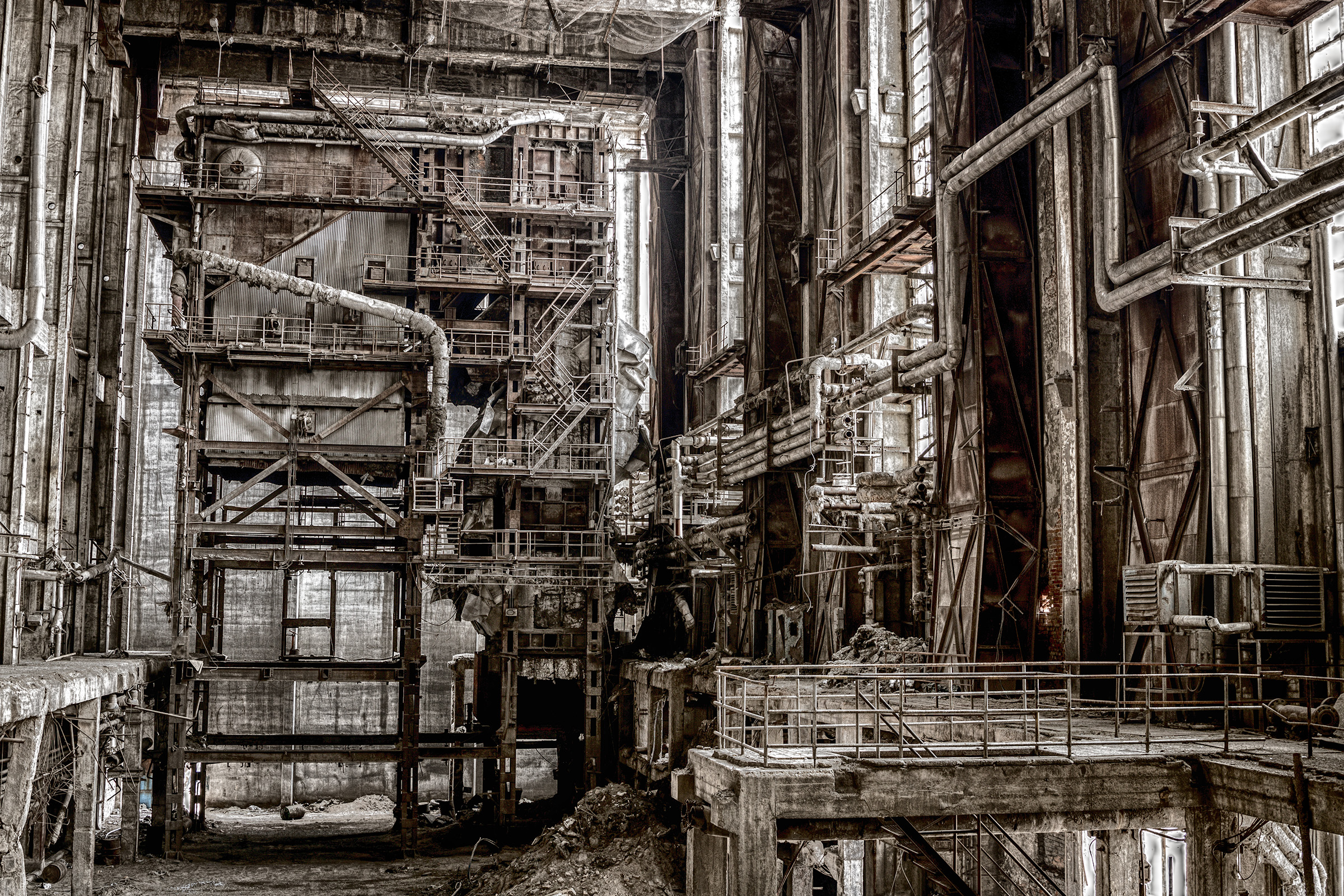
The boiler house is an eight-story building, filled with rusting metal, peeling paint, and crumbling walls. The air was thick with dust and the smell of decay. Yet, there was a strange beauty in the chaos. Beams of sunlight filtered through broken windows, illuminating the ruins in a way that felt almost ethereal.
We climbed to the upper levels, where once only workers in protective gear would dare to tread. The views from the top were breathtaking, offering a panoramic glimpse of the entire power plant and its surroundings. It was here that we felt the weight of history bearing down on us—the sense of standing in a place that was once so vital, now left to crumble.
The Filming Legacy: A Connection to Hollywood
One of the most intriguing aspects of theInota power plant is its unexpected connection to Hollywood. The boiler house, in particular, has become something of a star in its own right. In 2017, it was used as a filming location for the sci-fi blockbuster Blade Runner 2049, starring Ryan Gosling. Standing in the same space where Gosling once walked, we were reminded of how the power plant has continued to find new life, even in its abandonment.
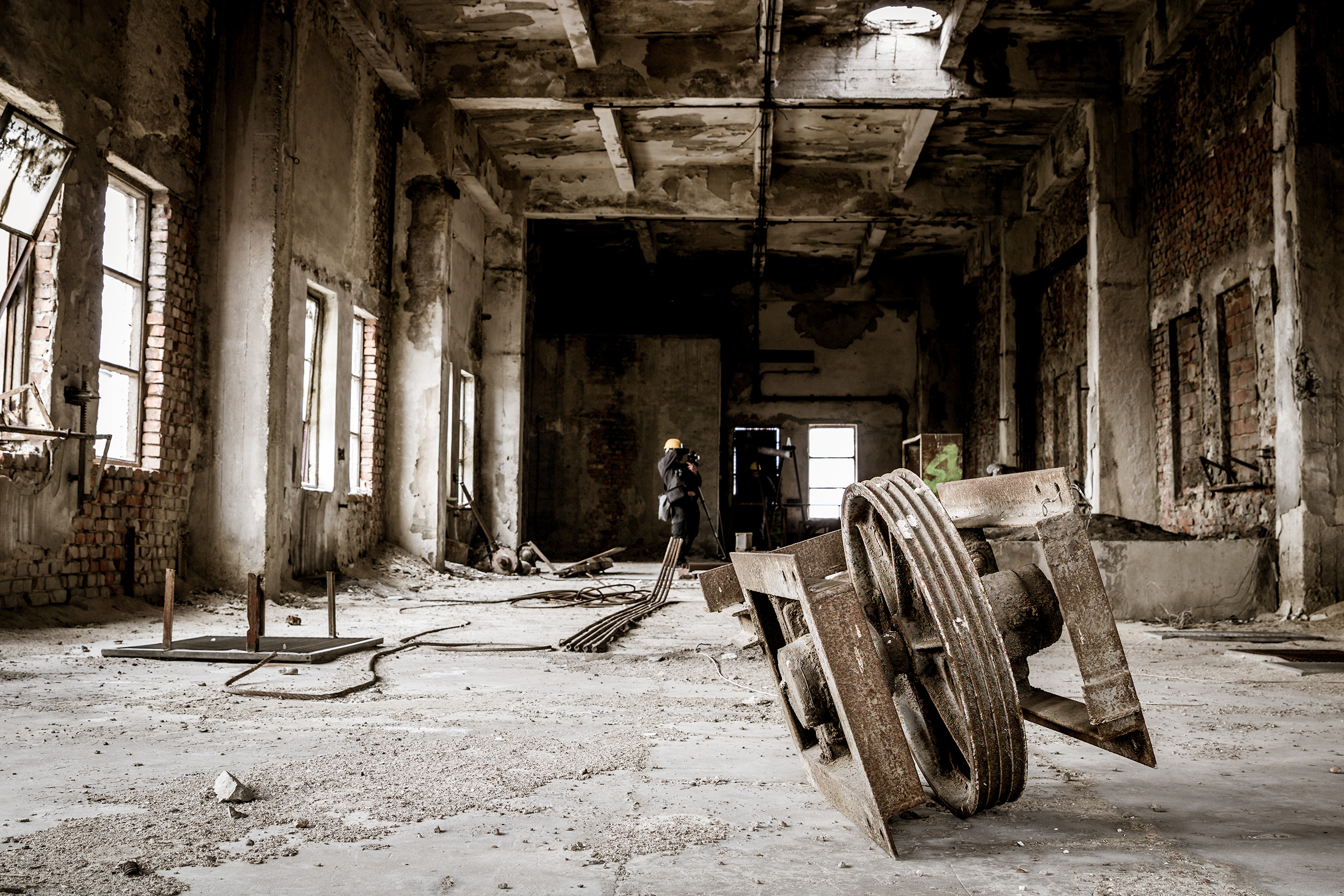
The cinematic quality of the Inota power plant is undeniable. Its industrial decay, vast empty spaces, and towering structures make it a perfect backdrop for films that require a dystopian or post-apocalyptic setting. The plant also featured in Red Sparrow, starring Jennifer Lawrence, and in Lajkó – Gypsy in Space, a Hungarian film that humorously imagines the country’s role in the space race. These films have added an extra layer of intrigue to the site, making it a destination for both film buffs and urban explorers alike.
The Cultural Echoes of Inota Power Plant: Béke Cultural House
The Inota power plant complex wasn’t just a place of work; it was also a hub for community life. Our exploration took us to the Béke Cultural House, a once-vibrant social center where workers and their families gathered for events, performances, and lectures. Walking through the decaying halls, we could almost hear the echoes of laughter and music that once filled this space.
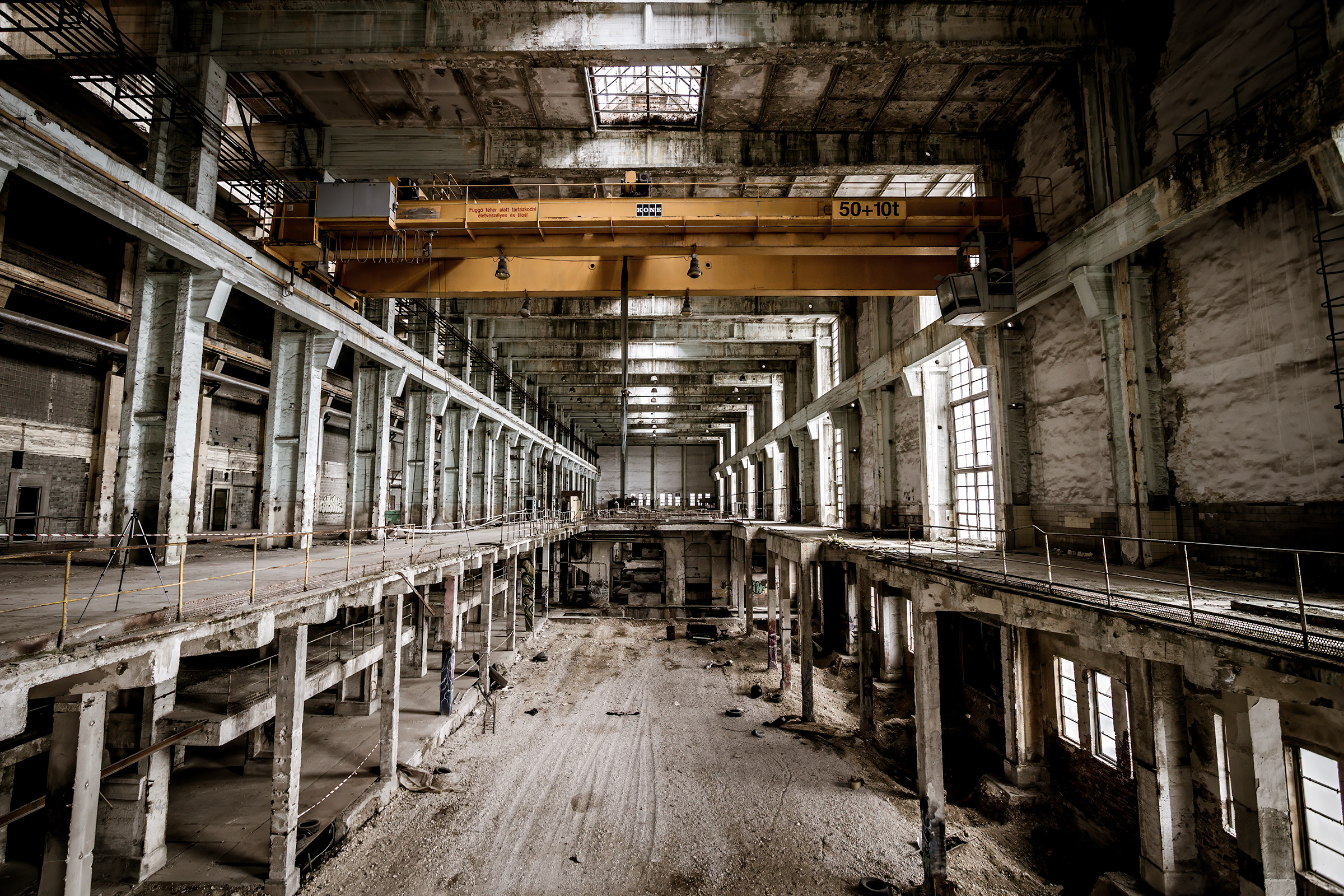
In its prime, the Béke Cultural House was a symbol of the socialist dream—a place where the working class could come together to enjoy cultural enrichment. Today, it stands as a haunting reminder of how quickly time can erode even the most solid structures. The stage where performances once captivated audiences is now covered in dust and debris, and the seats that once held hundreds of people are crumbling into ruin.
Yet, as we stood in the center of this forgotten theater, we couldn’t help but feel a sense of awe. There is something undeniably moving about places like this, where the past feels so close, yet so out of reach. It was a reminder that, no matter how much we build, time and nature will always have the final say.
The Control Room: A Glimpse into a Lost World
No exploration of the Inota power plant would be complete without a visit to the control room. This was the brain of the entire operation, where workers monitored and managed the flow of electricity. It was here that the power plant’s most critical decisions were made, and it was also here that we felt the true weight of the plant’s abandonment.
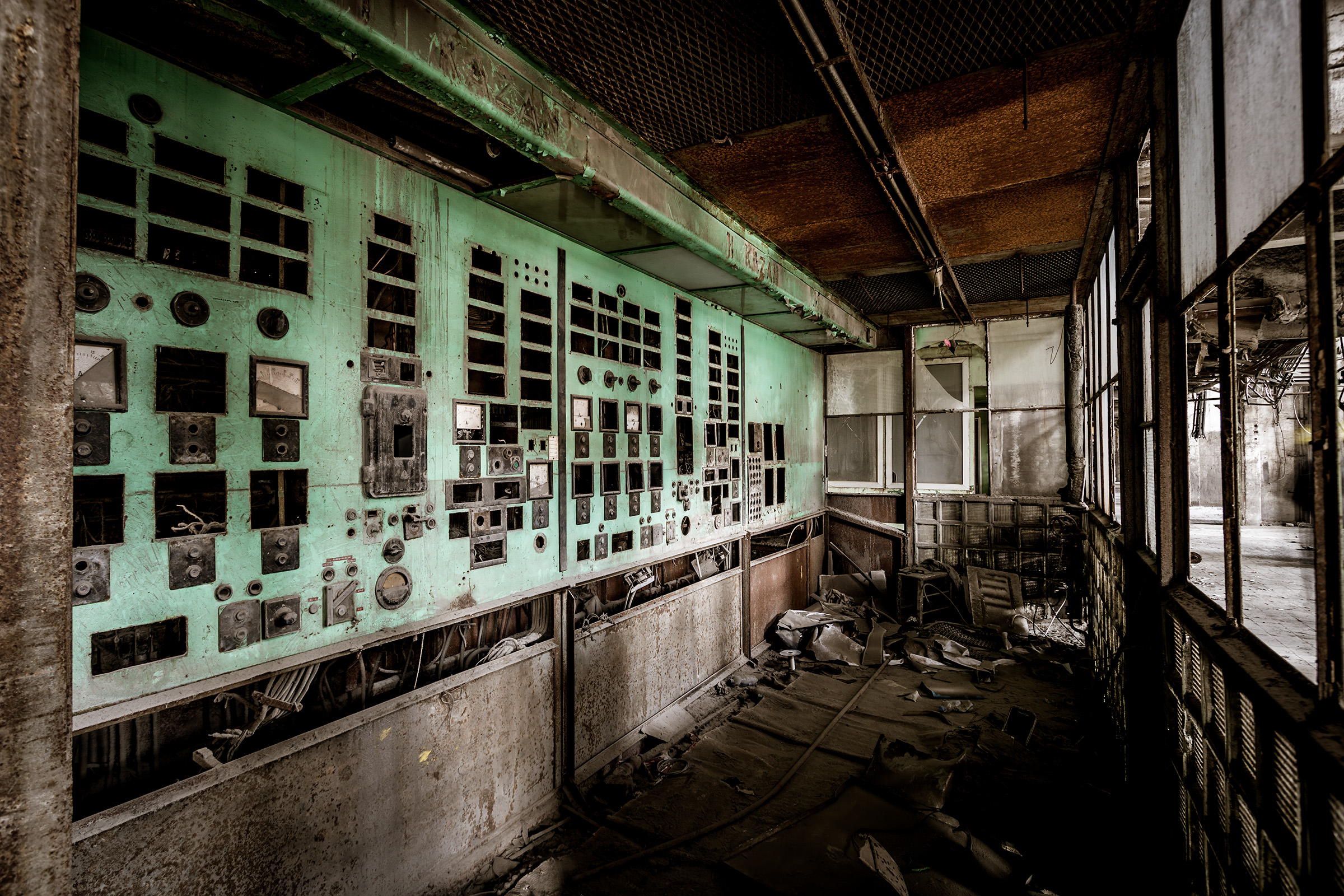
Stepping into the control room felt like stepping back in time. The panels, buttons, and switches all looked as though they had been frozen in place, waiting for someone to return and bring them back to life. Dust covered everything, and some of the machines had been dismantled or damaged, but the sense of purpose that once filled this room was still palpable.
In Lajkó – Gypsy in Space, this control room was transformed into a command center for a fictional rocket launch, but as we stood there, it was easy to imagine the real-life operations that once took place here. The control room, with its cold, sterile atmosphere, served as a stark contrast to the warm human stories that must have unfolded within these walls.
The Cooling Towers: Icons of Industrial Might
As we continued our exploration of the Inota power plant, we made our way to the iconic cooling towers. These massive structures are perhaps the most recognizable feature of the plant, towering over the landscape like giant sentinels. From a distance, they are imposing, almost alien in their design, but up close, they are awe-inspiring.
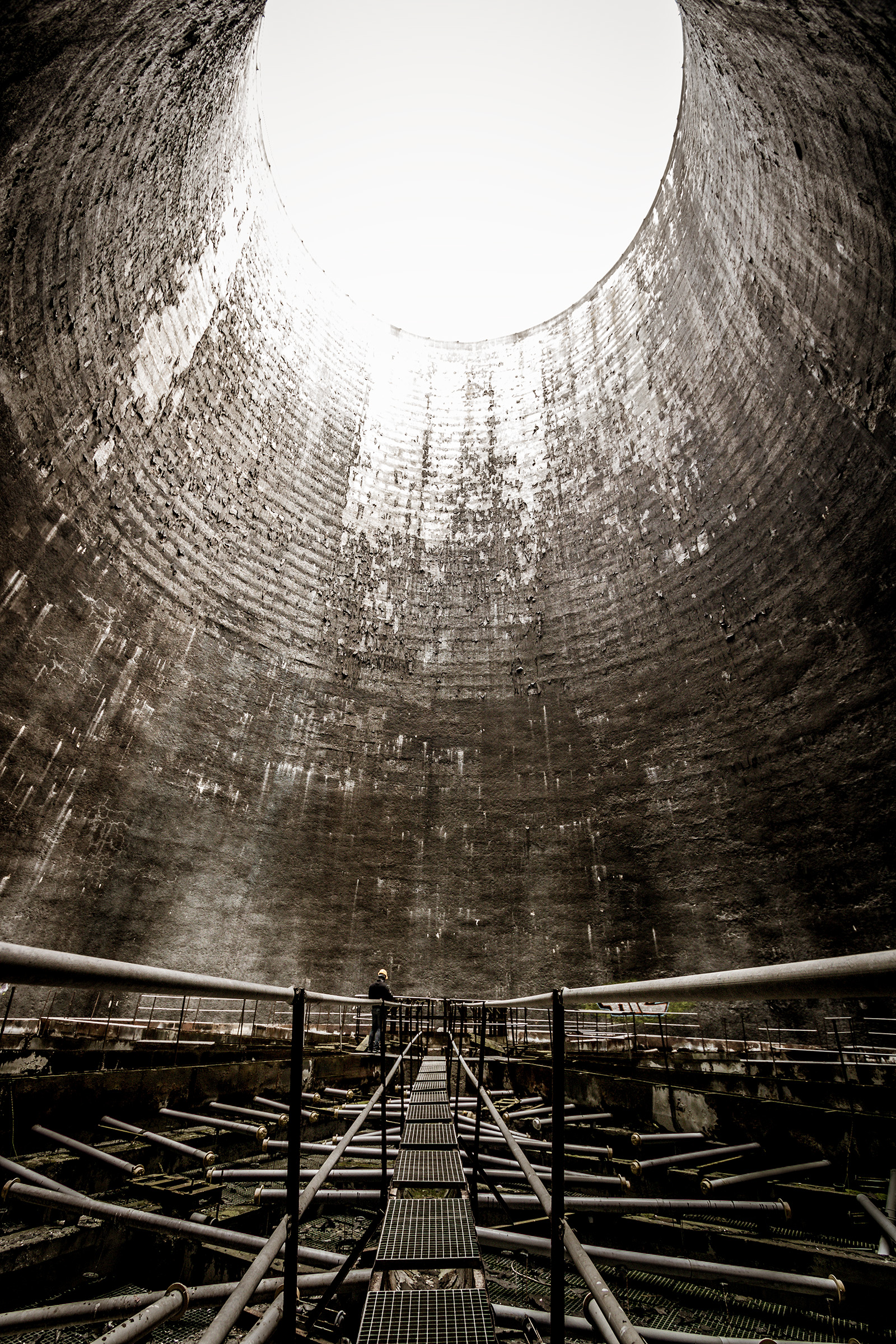
The cooling towers were responsible for regulating the plant’s temperature, ensuring that the machinery didn’t overheat. Now, they stand as hollow shells, their once-critical function long since abandoned. Walking beneath one of these towers, we were struck by its sheer scale. It was like standing at the base of a skyscraper, but with a sense of decay and abandonment that only added to its majesty.
It was in this moment, standing beneath the shadow of the cooling towers, that we truly understood the enormity of what had been lost. The Inota power plant wasn’t just a piece of industrial machinery; it was a living, breathing entity that had once been at the center of a community, a country, and even, in some small way, the world.
The End of an Era: A Final Goodbye
As we concluded our exploration of the Inota power plant, we couldn’t help but feel a sense of sadness. This incredible piece of history, this monument to human ingenuity and ambition, is set to be demolished. Soon, the boiler house, the Béke Cultural House, the control room, and the cooling towers will all be gone, replaced by something new and different.
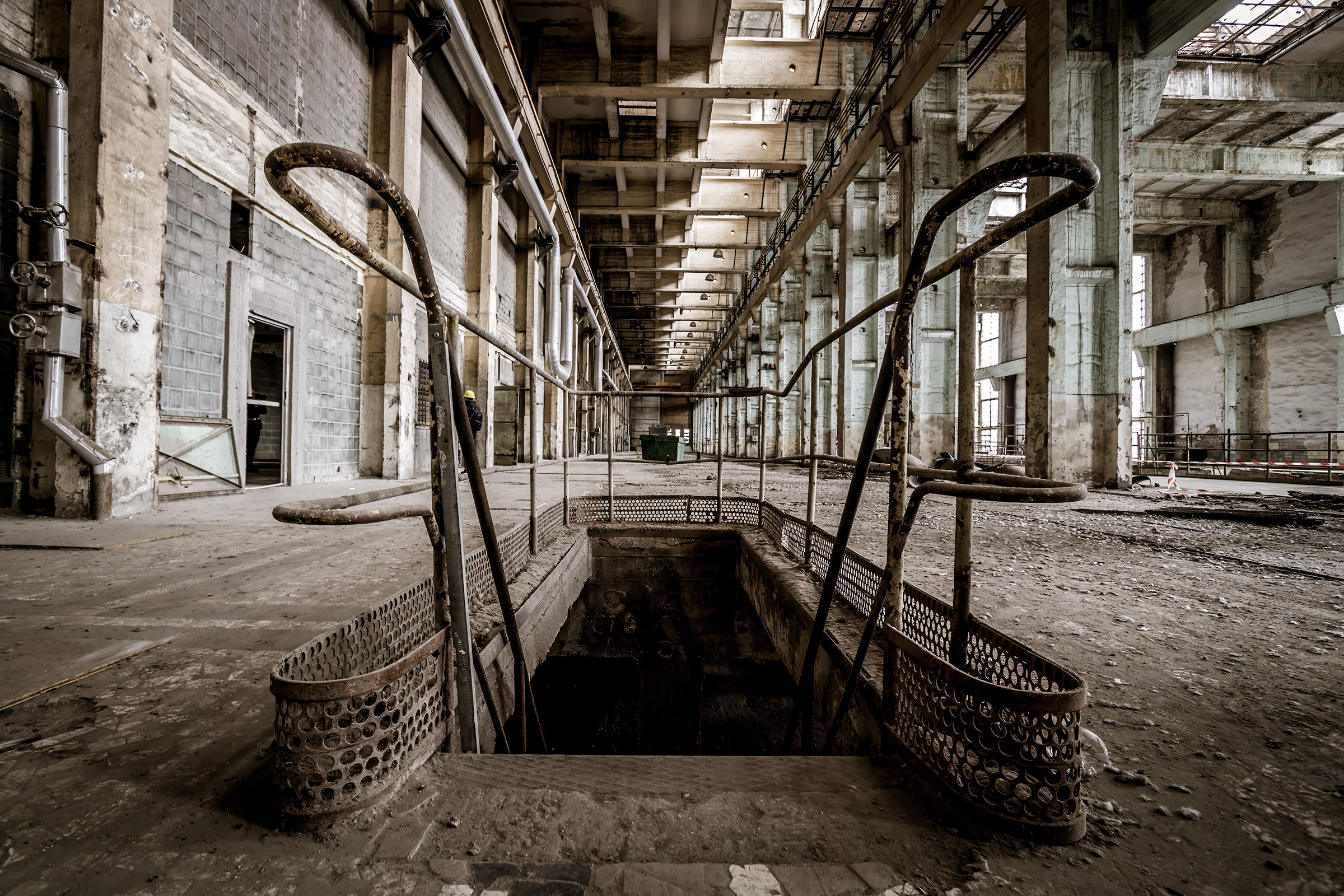
But in some ways, that’s the nature of urban exploration. It’s about capturing a moment in time, a glimpse into a world that no longer exists. And while the Inota power plant may soon be gone, the memories and the photographs we took on this journey will live on, preserving the spirit of this incredible place for future generations.
Special Thanks
Special thanks to the team of turajo.hu, who organized this photo tour.
If you’re as captivated by this topic as I am, don’t miss out on exploring more insights in my other topics and contents in my Portfolio!

